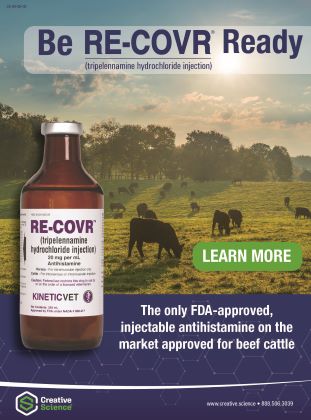Articles
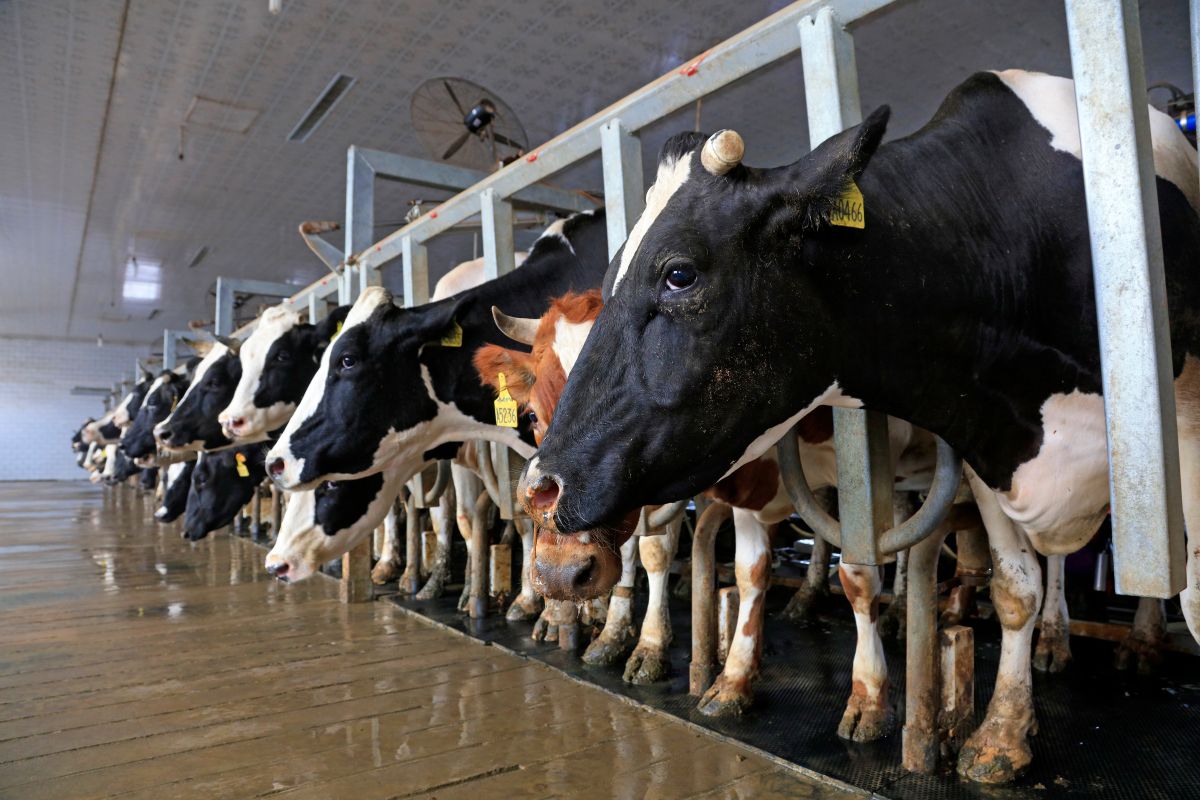
Ferappease Reduces Health Challenges and Pain
Postpartum Research Shows that Ferappease Reduces Health Challenges and Pain Levels, While Boosting Milk Production COLLEGE STATION, Texas (July 17, 2025) — In a recent University of Florida postpartum study (Santos et al., 2025)*, researchers evaluated the effects of a single dose of FerAppease – a unique analogue of the naturally occurring Maternal Bovine Appeasing […]
READ MORE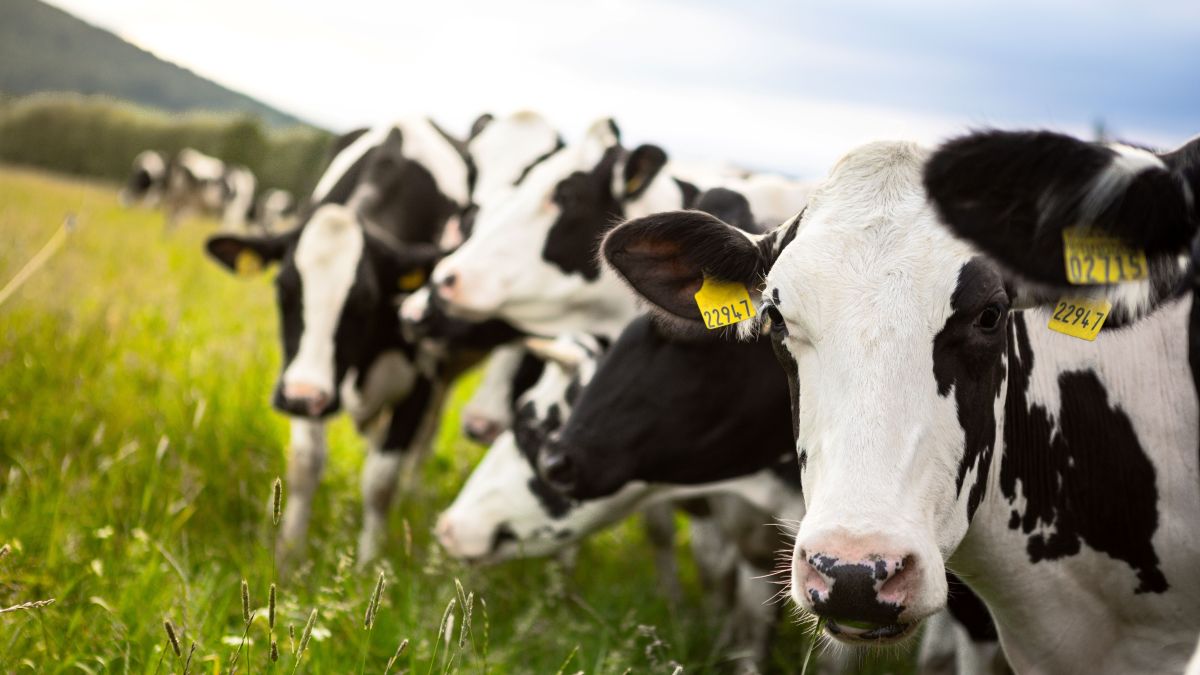
Managing Internal Parasites in Dairy Cattle
Managing Internal Parasites in Dairy Cattle Internal parasites are a constant but often overlooked challenge in American dairy herds. While many herds focus on mastitis control, reproduction, and nutrition, parasites, like intestinal worms, begin to decrease productivity behind the scenes. Even when infections aren’t obvious, they can reduce milk yield, slow growth in replacements, impair […]
READ MORE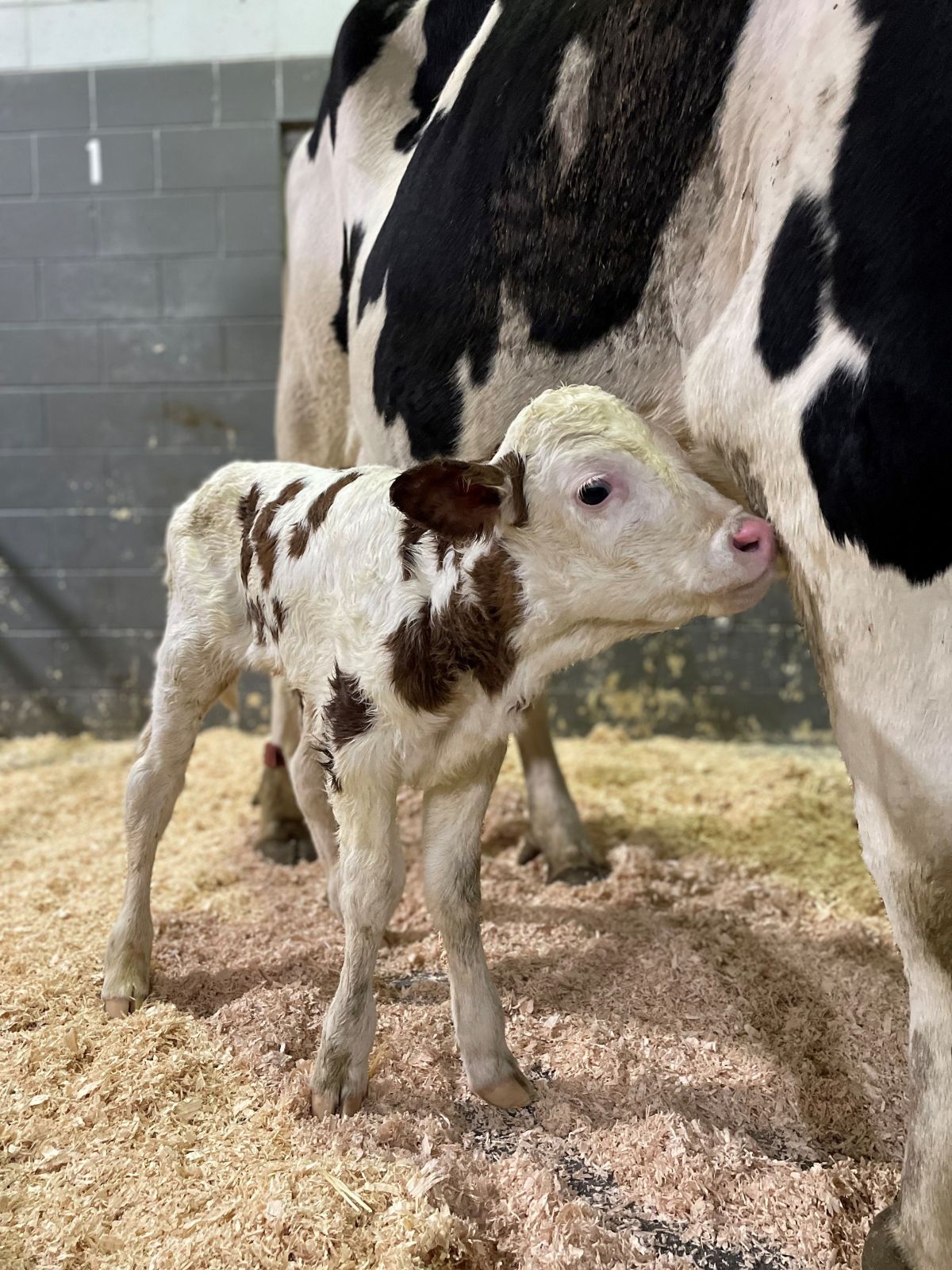
Newborn Calf Care
Newborn Calf Care Dairy calves are more fragile than beef calves and have more health risks early in life. It is imperative to make sure they get off to a good start and this includes intensive management immediately after birth. Dr. Pete Erickson, Professor of Dairy Management and Extension Dairy Specialist, University of New Hampshire, […]
READ MORE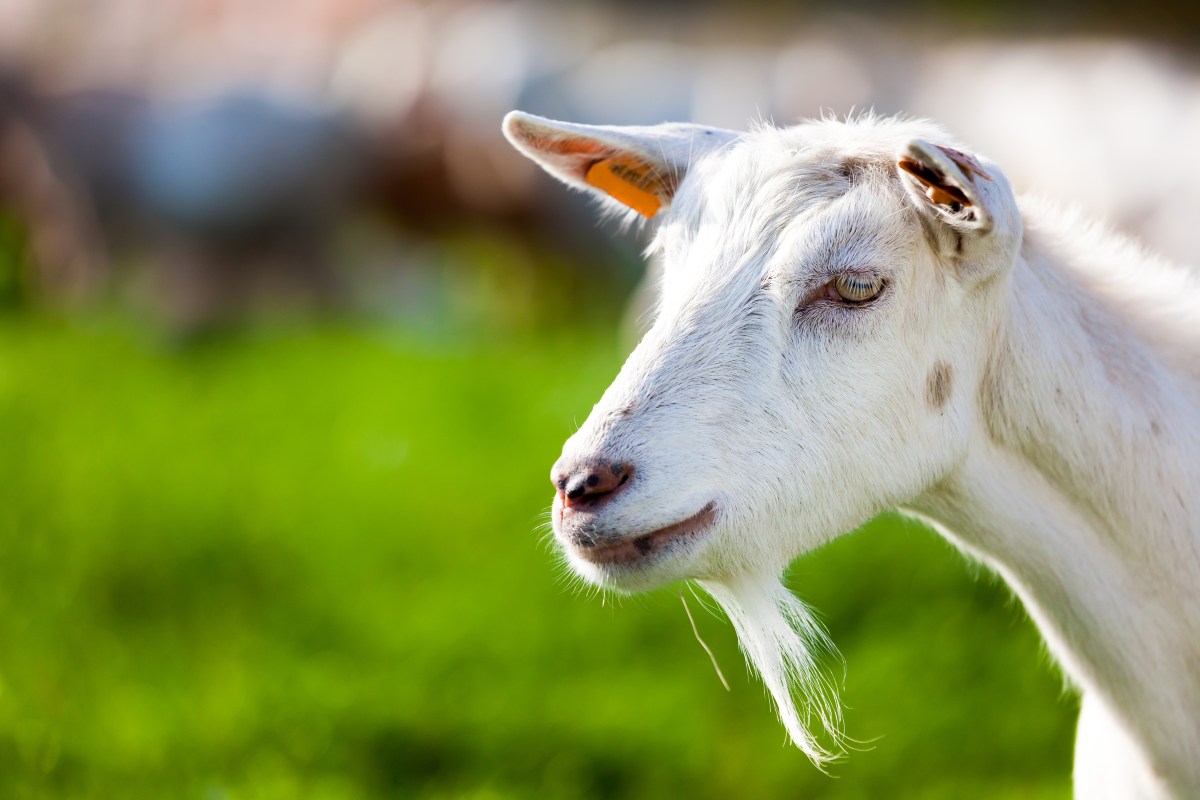
Prevent Parasites Through Grazing Management
Prevent Parasites Through Grazing Management Parasites continue to plague many sheep and goat producers throughout the grazing season. Internal parasites decrease growth rates and in high levels can even cause death. However, sheep and goat producers can follow several practices to minimize the impacts to their flock or herd. These practices center on grazing management […]
READ MORE


